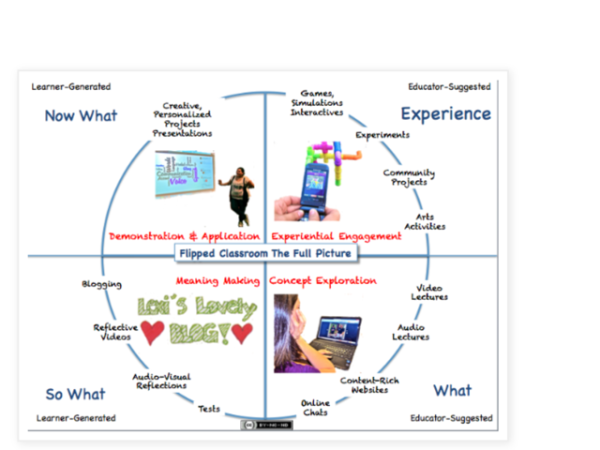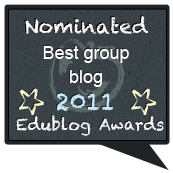I am participating in an action research project with a few other enthusiastic colleagues. The idea behind it is to inquire deeply through the cycle of noticing, reflecting and acting.
We are connecting our inquiry to our school’s learning principles. Thus far we have unpacked some of the learning principles, identified the area which really interests us, created our action research questions (these are refined on an ongoing basis), watched engaging youtube videos, referred to relevant blog posts and been highly engaged in thinking, questioning and discussion.
On Thursday it was my turn to share my process thus far. The protocol for sharing is: the speaker shares their process without being interrupted. Next, the members of the group respond through directing questions to the speaker and they are only allowed to ask questions. Following this kind of protocol puts all the focus on that individual’s inquiry and for me it was deeply satisfying and hugely encouraging. I left our session with an even stronger sense of clarity, purpose, motivation and was on high for the rest of the day.
This is the first time I have experienced a discussion taking place in this way and I found it to be an incredibly powerful tool for deepening thinking and eliciting possible areas for further investigation. I didn’t feel anxious or defensive and admired my colleagues’ restraint and commitment to the protocol as it is our tendency to have messy discussions (which are also great for promoting thinking and developing understanding).
What next…
1. I am refining my question for now as the original version incorporated several parts and the essence of my inquiry is clearly ownership of learning. Thus my question has been refined to:
How can I promote ownership of learning in my learners?
2. I realised the need for mindfulness on my part and planning with this intention in mind so I will be asking myself the question: “Who owns the learning?” all the time. I will also be using the Gradual release of responsibility continuum as a means to clarify who really is owning the learning in the learning engagements when planning.
3. I am going to notice and name the behaviour and highlight to my students and myself when ownership of learning is happening .
4. I am going to hand over control of the learning at the beginning of the lesson and set aside time at time at the end of the lesson for reflecting on what happened.
What happened later in the day…
I found myself consciously noticing and naming behaviours that demonstrated ownership of learning. As I was doing this I realised this is happening more than I initially thought. I also realised, once the students had gone home and I was reflecting on the day, that I had missed a few opportunities for naming ownership of learning and I can’t wait to start the day by celebrating those behaviours with my students.
What happened during the night…
I thought about the location lesson I had in mind for today and put it to the litmus test: “Who owns the learning?” Not my students.
What to do?…
As this is the start of a new numeracy unit I grappled with my concern that some of my students might not know enough to manage their learning and my genuine desire to hand over control. I thought back to Jocelyn’s observation that messy learning is learning and her reassurance that students find their way through the mess. I decided that this was a golden opportunity to believe in my students.
So, I have decided to re-schedule our guided reading session and give my students a big block of time (4 lessons today and more next week) so they can work at their pace to construct meaning according to their learning style.
I am trying to use the “flipped classroom” model as a guide for letting go.I came across this graphic on twitter last night and thought I would use it as a visual for my students when introducing the task.
What do I plan to do:
Ask an open question and set an open task:
What makes a map great? Show your thinking in any way you like.
Use what you have learned about maps to create your own map for visitors to our school to use to find their way from our reception to the kitchen garden.
I will let them decide if and when they want to collaborate. And, of course, I will let them decide everything else.
As I write this my excitement is growing exponentially and I can’t wait to hand over control.




Pingback: When students own the learning they are motivated… | Inquire Within
Hey there, I found your blog very informative and helpful. I’ve read almost all your blog posts and would really love to read more of it. I request you to please start your blog once again. I suggest you also syndicate your blog on popular sites like http://ManagementParadise.com where you will find millions of like minded people as a ready audience. Keep Blogging. Cheers!
LikeLike